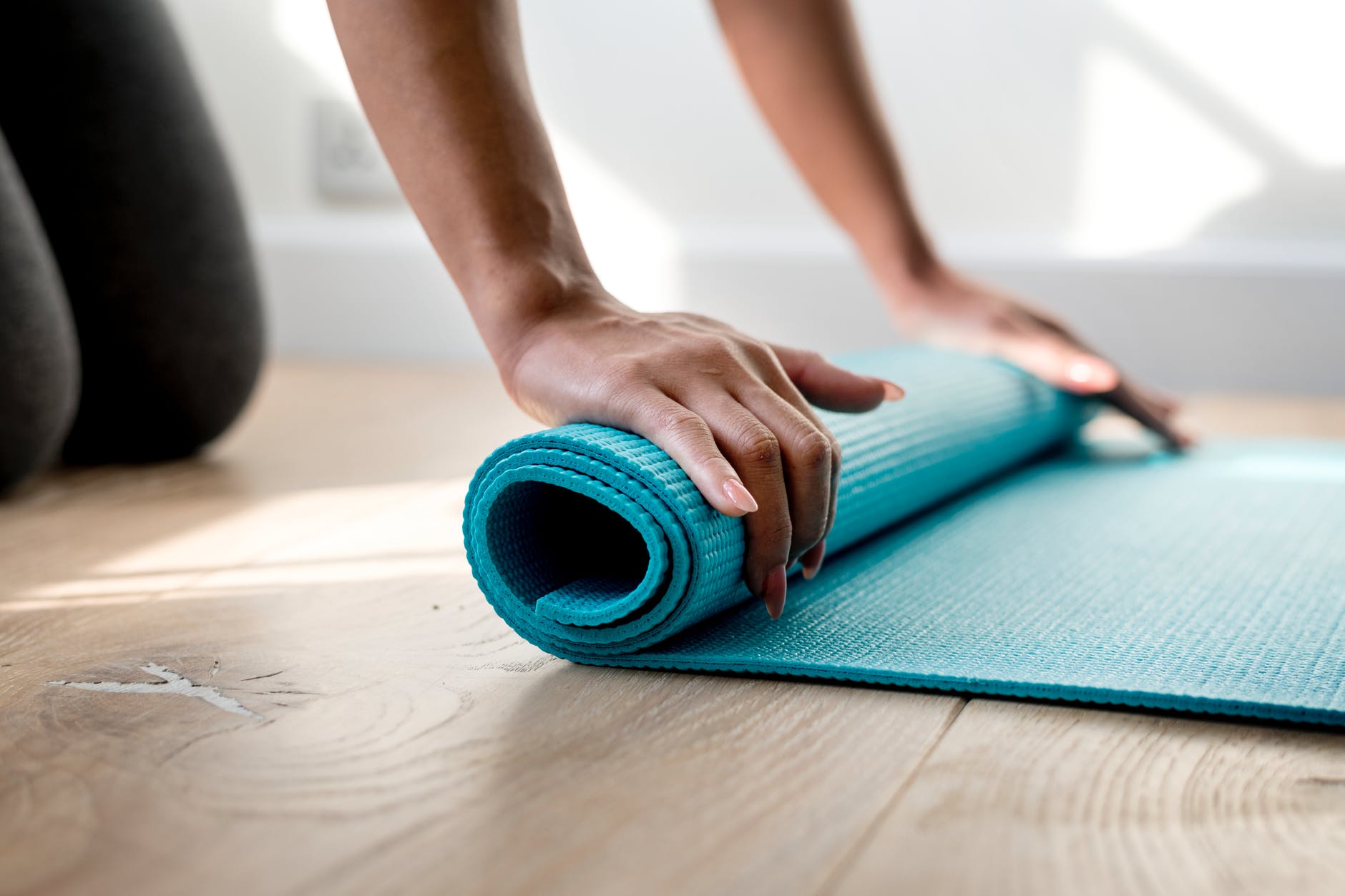
Did you know that even your lungs need exercise to stay healthy and for your body to function normally? Every activity in the body is dependent on oxygen, including the metabolic functioning of cells. The lungs perform the task of delivering oxygen to every part of the body. And, by practicing a few exercises regularly, you can train your lungs to increase their capacity.
Practice deep breathing
You breathe in and out 12 to 15 times every minute while resting, so take advantage of these breaths by performing some deep breathing lung exercises throughout the day. Simply relax your face, inhale through your nose as deeply as you can, and exhale out through your mouth.
“If you want a nice pair of lungs, you want to develop a tidal volume, a fancy word for the total amount of air that you can actually breathe,” says Pamela Peeke, MD, author of FIT To LIVE and spokesperson for the American College of Sports Medicine.
Deep breathing opens your chest cavity and allows your lungs to distribute oxygen evenly throughout the body and remove carbon dioxide waste, a gas that can be detrimental to your organs if it’s not removed properly. Take a few more deep breaths after you get out of bed in the morning or before you go to sleep at night to relax your mind and de-stress your body.
Take a 20-minute walk
Walking is a simple exercise that gets your heart pumping and builds up your leg muscles. But doctors often suggest regular walks for patients undergoing pulmonary rehabilitation, programs for people who suffer from lung disease.
“If you build up all the tissues to function optimally around the diseased organ, it takes the pressure off that uncomfortable organ,” says Richard Casaburi, PhD, professor and chief of the Division of Respiratory and Critical Care Physiology and Medicine, Harbor at the University of California at Los Angeles Medical Center.
In this case, strengthening the tissue around your lungs will help them function better. To get the most out of your stroll, stand straight with your head up, shoulders back, and maintain a heel-to-toe stride.
These tiny tweaks prevent your rib cage from compressing, allowing your lungs to fully expand. Intensify your cardio by picking up the pace or climbing up a hill; and you can even incorporate deep breathing to increase your air intake and really get your blood pumping.
Pick up Pilates
Here’s a Pilates power move that strengthens your diaphragm and controls your breathing, with a side of toned abs and reduced back pain: Lie on your back with your knees bent and feet flat on the floor. Make sure to keep your arms by your sides with the palms facing down. Slowly lift your head, neck, and shoulders off the ground while inhaling as deeply as possible.
While you’re half sitting, lift your knees and extend your legs straight out until they reach a 45-degree angle to the floor. Begin pumping your arms up and down 10 times while you take 10 short breaths. Do 10 sets of these until you reach 100.
Do baby push-ups
This move looks like a push-up, but without the sore shoulders, and it helps to loosen tight muscles and improve your posture, key to maximum lung capacity. Get in the push-up position with your body flat against the floor. Look down so your neck is aligned with your spine. Press your hands into the ground and take a deep breath in as you slowly lift your head, neck, and shoulders.
Keep your arms slightly bent at the elbow as you lift yourself up about 60 degrees from the floor. Lower yourself back down again while slowly exhaling. Repeat this move for 10 reps. “Each time you inhale, this opens up the chest and deepens your lung capacity to correct shallow breathing,” Peeke says.
Empty your lungs
Emptying your lungs can ensure they fill fully back up. To do this, stand up straight with your knees loose; bend over at the waist, blowing out all the air from your lungs as you exhale during these lung exercises. Inhale as deeply as possible as you slowly return to an upright position (this fills your lungs to their max capacity).
Hold that breath for 20 seconds and extend both arms above your head. Exhale and relax your arms, letting them drop back to your sides. Do this move four times. “Full inspiration and expiration are going to engage the lungs,” Carol Garber, PhD, spokesperson for the American College of Medicine, says.
“If you’re sedentary, you’re only using a very small proportion of your lung capacity, so you’re only bringing air into a small portion of your lungs.” This optimal engagement of the lungs delivers oxygen more efficiently throughout your body.
Breathe from your belly
Strengthening your abdomen can improve your breathing. That’s because your diaphragm, located right above your abdomen, is the key muscle your body engages when breathing in and out. Lie on your back and extend your legs flat against the floor with one hand on your stomach and the other on your chest. Inhale deeply, slowly pulling from your abdomen.
You know you’re doing it right when the hand on your belly rises higher than the hand on your chest as you breathe. Exhale deeply through your mouth, and try holding your breath at the end for seven seconds.

























